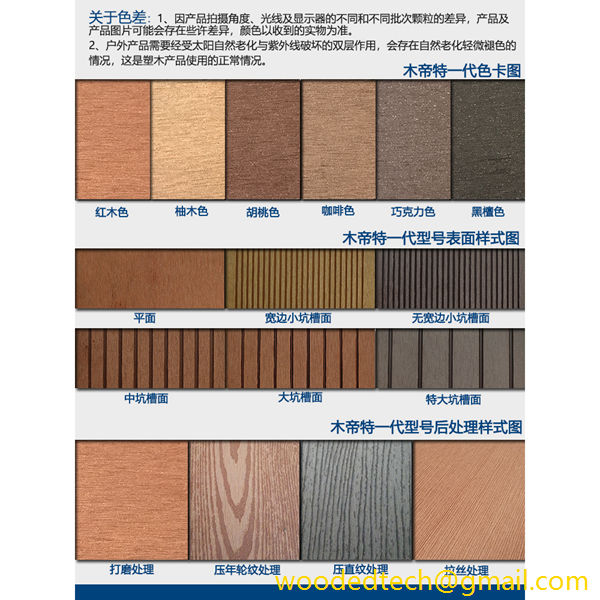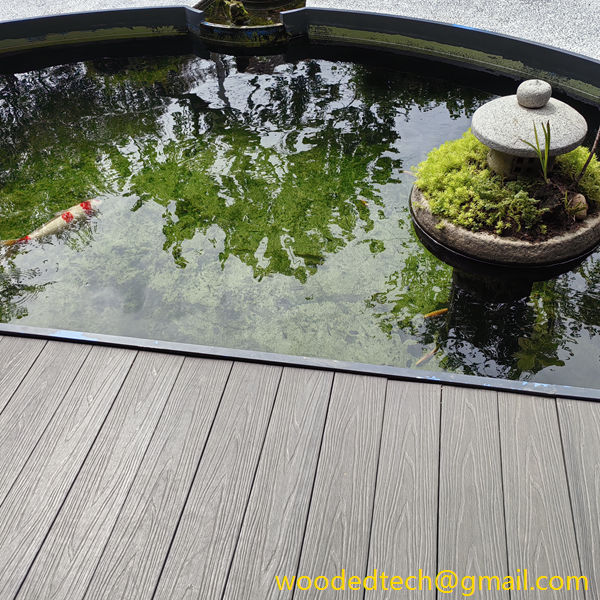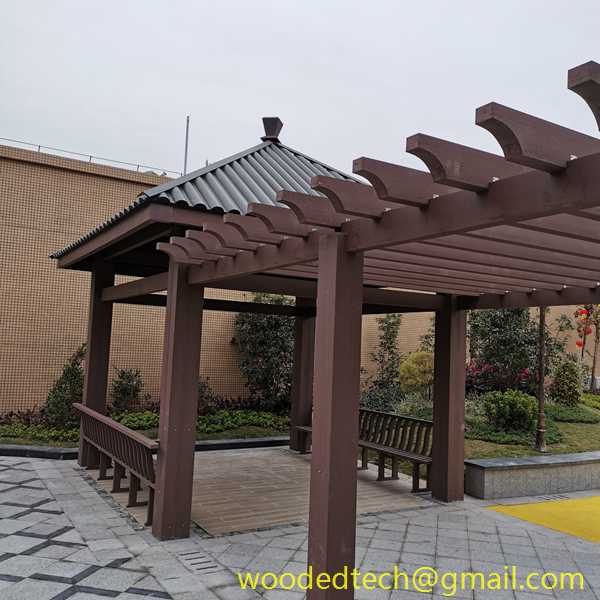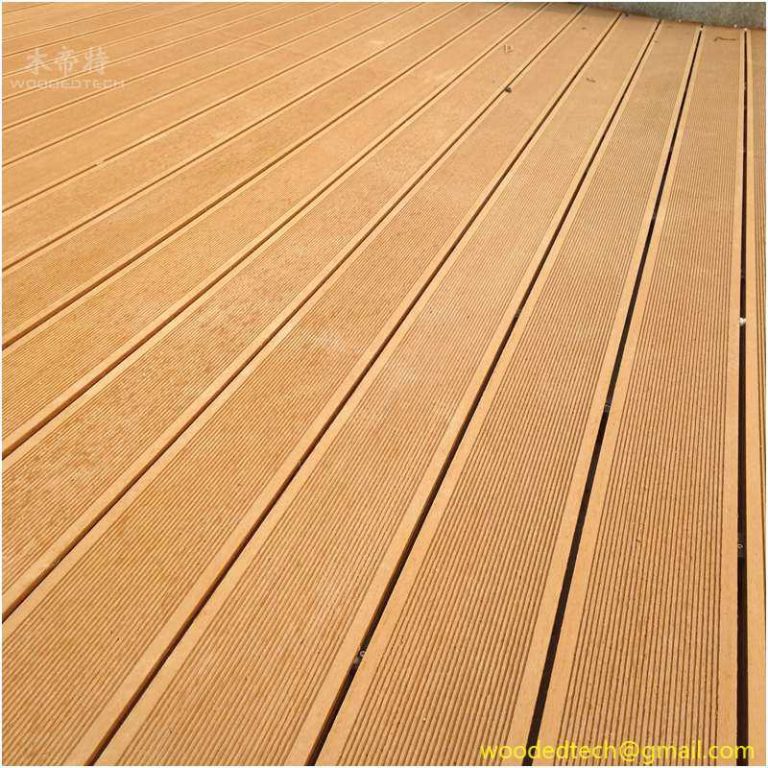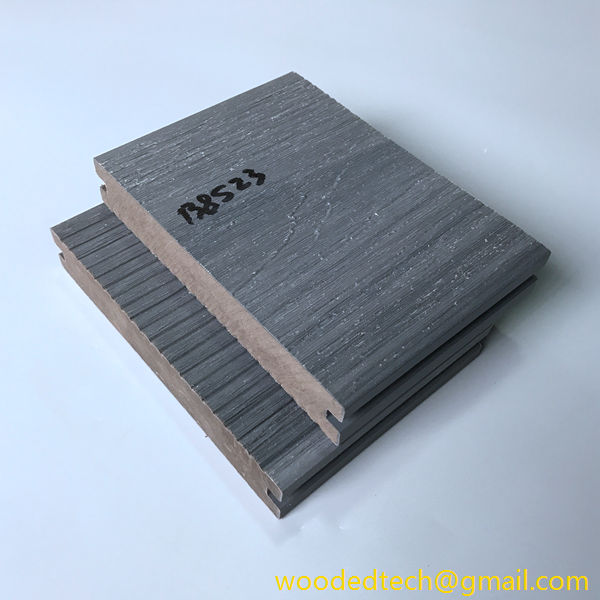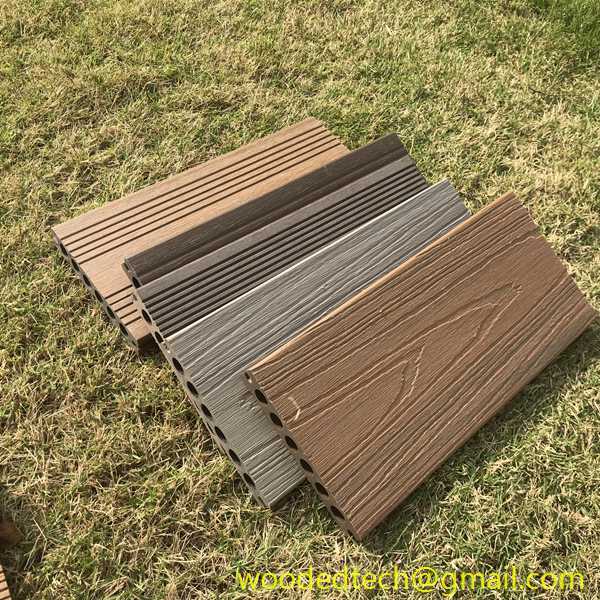Wood Plastic Composite (WPC) flooring has gained significant popularity in recent years due to its unique combination of aesthetics, durability, and ease of maintenance. One of the most attractive features of WPC flooring is the variety of texture options available, which can enhance both the visual appeal and tactile experience of the flooring. Understanding the production processes that contribute to these textures can provide valuable insights into the quality and performance of WPC flooring.
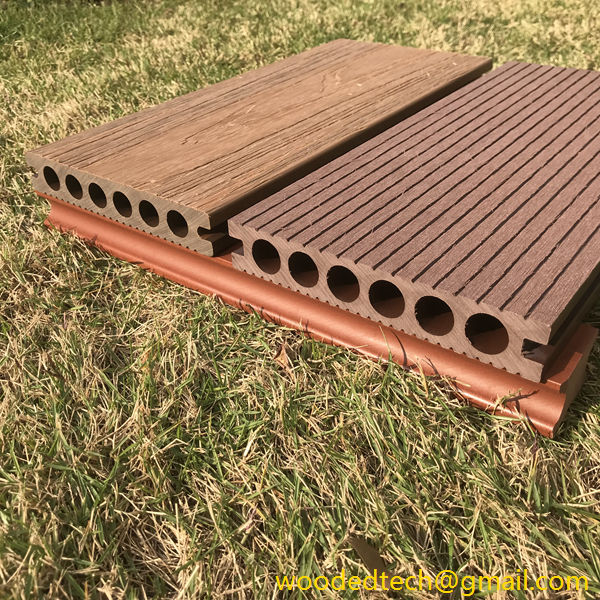
The production of WPC flooring typically involves a blend of wood fibers and thermoplastic materials, primarily polyvinyl chloride (PVC) or polypropylene. The texture options available in WPC flooring result from several key processes during manufacturing, including extrusion, molding, and surface treatment. Each of these processes plays a crucial role in determining the final appearance and feel of the product.
Extrusion is one of the primary methods used to produce WPC flooring. In this process, the blended material is heated and forced through a die to create planks or tiles. The surface texture of the flooring can be influenced by the design of the die and the cooling process that follows. For instance, a smooth die can produce a sleek, polished finish, while a textured die can create a more rustic or natural wood appearance. Manufacturers often use advanced technology to create intricate patterns that mimic the grain of real wood, giving consumers a wide range of aesthetic choices.
Molding is another critical step in the production of WPC flooring. In this process, the material is placed into a mold where it is heated and pressed to form the desired shape and texture. The use of detailed molds can result in flooring with deep embossing or surface variations that enhance the overall look and feel. Textures such as hand-scraped, wire-brushed, or distressed finishes can be achieved through careful design and execution of the molding process. These textures not only add visual interest but also help to hide scratches and wear, making the flooring more suitable for high-traffic areas.
Surface treatment is an essential element that can significantly impact the texture of WPC flooring. After the flooring has been formed, various treatments can be applied to enhance its performance and appearance. For example, manufacturers may use coatings that provide a textured finish, improving slip resistance and tactile feedback. These coatings can also have aesthetic benefits, allowing for additional customization options, such as matte or glossy finishes. Furthermore, treatments can be designed to mimic natural wood surfaces, providing a more authentic look and feel.
In addition to the production methods, the choice of materials used in WPC flooring also influences the texture options available. The type of wood fibers and thermoplastics selected can affect not only the durability and strength of the flooring but also the appearance and texture. For instance, different wood species can impart unique characteristics to the final product, while variations in plastic formulations can affect how well the material takes on textures during processing. 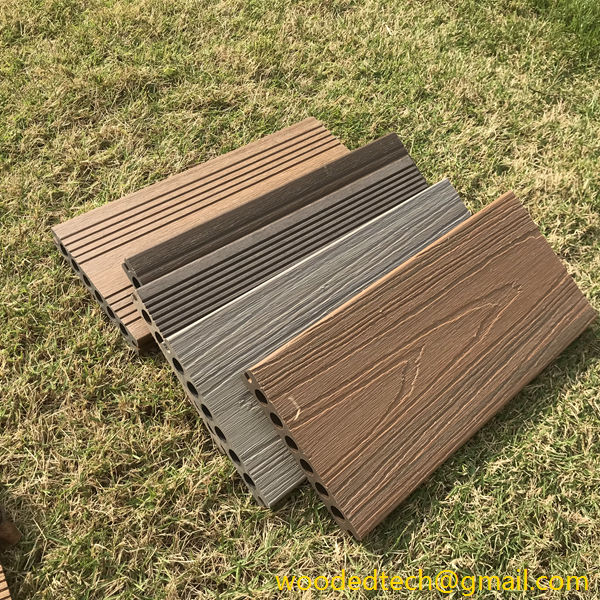
The design and development of WPC flooring textures also consider consumer preferences and market trends. As homeowners and commercial property managers seek flooring solutions that combine beauty with functionality, manufacturers are continually innovating to produce textures that meet these demands. This ongoing research and development process often involves collaboration with designers and architects, who can provide insights into current trends and consumer needs.
Sustainability is another important factor in the production of WPC flooring. Many manufacturers are now focusing on eco-friendly practices, utilizing recycled materials and sustainable sourcing for wood fibers. This commitment to sustainability can also extend to the textures offered, as consumers increasingly seek products that are both environmentally responsible and aesthetically pleasing.
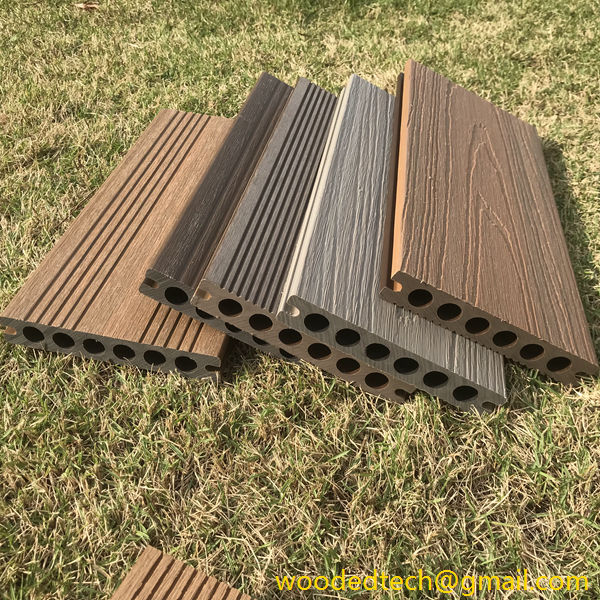
In conclusion, the texture options available in WPC flooring are a result of various production processes that include extrusion, molding, and surface treatment. Each stage contributes to the final appearance and tactile experience of the flooring, providing consumers with diverse choices that can enhance their living or working spaces. As manufacturers continue to innovate and respond to market demands, we can expect to see even more exciting texture options in the future, blending aesthetic appeal with functionality and sustainability. This evolution in WPC flooring not only reflects changes in consumer preferences but also showcases the advancements in material science and production technology.

